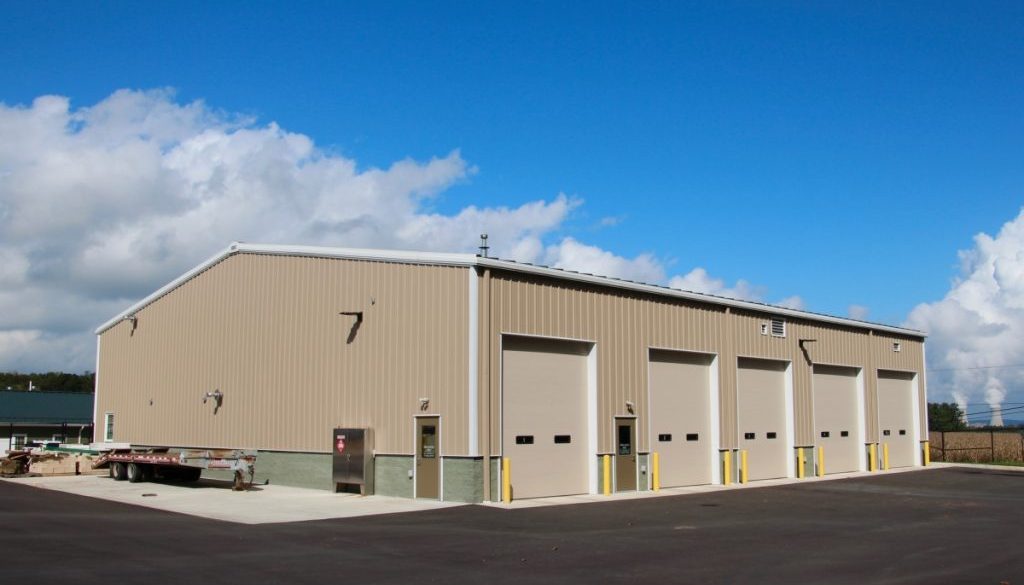How to Assess Employee Dependency in a Service-Based Business
Assessing Employee Dependency in a Service-Based Business: A Comprehensive Guide
How to Assess Employee Dependency in a Service-Based Business
Understanding employee dependency within a service-based business is crucial for sustainable growth and operational efficiency. This post delves into the critical factors that influence employee dependency, providing insights and strategies for management to foster a balanced workforce.
Introduction
In the realm of service-based businesses, employee dependency is a vital aspect that often gets overlooked. Employee dependency refers to the degree to which a business relies on specific individuals or a group of employees to execute core functions and deliver services. As the business landscape evolves, assessing this dependency is essential for long-term success and resilience. In this blog post, we will explore how to evaluate employee dependency, the implications of high dependency levels, and actionable strategies to mitigate risks associated with it.
Understanding Employee Dependency
- Employee dependency can manifest in various forms, including skill-specific reliance, knowledge transfer gaps, and the absence of procedural documentation. Each of these aspects contributes to the overall risk profile of a service-based business. For example, if a business relies heavily on a few key employees for essential operations, it becomes vulnerable to disruptions caused by their absence.
- Statistics indicate that businesses with high employee dependency are at greater risk of operational failure during unexpected events. For instance, a study by the Society for Human Resource Management revealed that over 70% of organizations experience productivity declines when key personnel leave unexpectedly.
- A notable example can be found in a small consulting firm that relied on a single expert for client engagements. When this expert left for a new opportunity, the firm struggled to maintain client relationships and lost several significant contracts, highlighting the risks of high employee dependency.
Assessing the Levels of Dependency
- To accurately assess employee dependency, organizations must conduct a thorough analysis of their roles and responsibilities. This involves mapping out the workflow and identifying critical functions that hinge on specific individuals. Establishing clear job descriptions and responsibilities can help illuminate areas of concern.
- One effective method for assessment is the “Dependency Matrix,” which categorizes roles based on their importance and the level of expertise required. For instance, a business might categorize roles as high, medium, or low dependency based on the skill set and knowledge required to fulfill them.
- Additionally, companies can leverage performance metrics to gauge the extent of dependency. For example, if employees in a customer service department consistently resolve issues without the need for assistance, this indicates a healthy distribution of knowledge and skills, reducing overall dependency.
Implications of High Employee Dependency
- High employee dependency poses various risks, including diminished productivity, increased turnover, and higher operational costs. When a business is overly reliant on specific individuals, the sudden departure of these employees can lead to knowledge gaps and operational bottlenecks.
- One of the most significant consequences is the potential loss of institutional knowledge. Employees possess unique insights and expertise that, if not documented and shared, leave businesses vulnerable. A leading research firm found that companies lose an estimated 11% of their productivity when key employees leave without proper transition plans.
- Moreover, high dependency can also stifle innovation and employee engagement. When employees feel overburdened by critical responsibilities, it can lead to burnout, resulting in decreased morale and increased absenteeism. Conversely, a well-distributed workload fosters a culture of collaboration and innovation.
Strategies to Mitigate Employee Dependency
- Developing a robust succession plan is essential in reducing reliance on specific employees. This plan should include identifying potential leaders within the organization and providing them with the necessary training and mentorship to take on critical roles.
- Cross-training employees is another effective strategy. By equipping team members with diverse skills, businesses can ensure that multiple individuals are capable of performing essential functions. This practice not only mitigates risk but also enhances team cohesion and morale.
- Additionally, implementing comprehensive documentation practices is vital. Organizations should create detailed procedural guides, knowledge bases, and training materials that can be easily accessed by employees. This documentation should be regularly updated to reflect changes in processes and best practices.
Enhancing Communication and Collaboration
- Promoting a culture of open communication is essential for minimizing employee dependency. Regular meetings, feedback sessions, and collaborative projects encourage knowledge sharing and collective problem-solving. By creating an environment where employees feel comfortable sharing ideas and insights, businesses can harness diverse perspectives that enhance service delivery.
- Utilizing technological tools can also facilitate collaboration. Platforms such as project management software and internal messaging systems enable team members to share information seamlessly, reducing the risk of knowledge silos. For instance, utilizing a shared document repository allows employees to easily access and contribute to essential documents, ensuring that critical information is not confined to a single individual.
Investing in Employee Development
- A proactive approach to employee development is crucial in fostering a resilient workforce. Companies should invest in training programs that not only enhance job-specific skills but also focus on soft skills such as leadership, communication, and teamwork.
- Encouraging employees to pursue professional development opportunities, such as workshops and certifications, can significantly reduce dependency on specific individuals. Moreover, businesses that prioritize employee growth experience higher retention rates and improved job satisfaction.
- Implementing mentorship programs can facilitate knowledge transfer between seasoned employees and newcomers. By pairing less experienced team members with mentors, organizations can cultivate a culture of continuous learning and growth.
Evaluating and Adjusting Dependency Levels
- Regularly evaluating employee dependency levels is paramount to maintaining a healthy workforce. Organizations should conduct assessments annually to identify shifts in dependency as roles evolve and new employees join the team.
- Gathering feedback from employees can provide valuable insights into their experiences and perceptions of dependency within the organization. Surveys or focus groups allow employees to voice their concerns and suggest improvements.
- Additionally, tracking turnover rates and analyzing the impact of employee departures on operations can help organizations understand the implications of dependency. By addressing areas of concern proactively, businesses can create a more resilient workforce that is less prone to disruptions.
Conclusion
In conclusion, assessing employee dependency in a service-based business is a crucial aspect of ensuring operational efficiency and resilience. Through understanding the levels of dependency, evaluating risks, and implementing strategic measures to mitigate those risks, businesses can create a balanced workforce that promotes collaboration and growth. By prioritizing employee development, enhancing communication, and regularly reassessing dependency levels, organizations can establish a sustainable and adaptive business model that thrives in a dynamic environment. Now is the time to take proactive steps to assess your organization’s dependency on employees and foster a culture of inclusivity and support. Contact us today to explore our services and start your journey towards a more resilient workforce!



